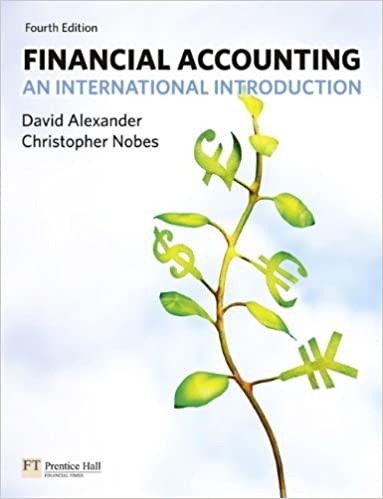Download data on prices, times to maturity and coupon rates for SIX government bonds maturing in consecutive six-month intervals. Make sure that the accrued interest on the bonds, which you select, is as small as possible. Recall that Treasury bonds pay coupons either on the 15th of the month or on the last day of the month every six months. For example, if today's date is October 5, 2021 and you decide to download data for your bonds today, the first bond on your list should mature on March 31, 2022, the second bond --on September 30, 2022, the third bond on March 31, 2023, etc. These bonds paid their coupons on September 30, i.e. just five days ago. The accrued interest on these bonds is negligible and you can ignore it in your calculations. If you choose bonds that mature either on October 15 of any year or April 15 of any year, these bonds will pay their next coupon on October 15, 2021, i.e. in ten days. The accrued interest on these bonds is very large and cannot be ignored. a. Show how you convert annual coupon rates into semi-annual coupon payments in dollars. b. Show how to convert the ask price (you need to use the ask price for this project) from ticks into the dollar price. c. Create a time line (it will be a triangular table with each row showing cash flows of one bond). d. Using the bootstrapping method, calculate the first six elements of the term structure of interest rates at semi-annual periods. Essentially, you need to replicate the example from Lecture 4 and the corresponding Excel file, posted on Classes. e. Show all your calculations for each of the six rates; include formulas and show how you plugged in your data into these formulas. You can use Equation Editor in Word to type any formula. f. Calculate the following forward rates: 0.sfo.s, ifo.s, Lsfo.s, 2fo.s, and 2.sf 0.5 g. Attach printouts with your data from Bloomberg or WSJ to your report as an Appendix Download data on prices, times to maturity and coupon rates for SIX government bonds maturing in consecutive six-month intervals. Make sure that the accrued interest on the bonds, which you select, is as small as possible. Recall that Treasury bonds pay coupons either on the 15th of the month or on the last day of the month every six months. For example, if today's date is October 5, 2021 and you decide to download data for your bonds today, the first bond on your list should mature on March 31, 2022, the second bond --on September 30, 2022, the third bond on March 31, 2023, etc. These bonds paid their coupons on September 30, i.e. just five days ago. The accrued interest on these bonds is negligible and you can ignore it in your calculations. If you choose bonds that mature either on October 15 of any year or April 15 of any year, these bonds will pay their next coupon on October 15, 2021, i.e. in ten days. The accrued interest on these bonds is very large and cannot be ignored. a. Show how you convert annual coupon rates into semi-annual coupon payments in dollars. b. Show how to convert the ask price (you need to use the ask price for this project) from ticks into the dollar price. c. Create a time line (it will be a triangular table with each row showing cash flows of one bond). d. Using the bootstrapping method, calculate the first six elements of the term structure of interest rates at semi-annual periods. Essentially, you need to replicate the example from Lecture 4 and the corresponding Excel file, posted on Classes. e. Show all your calculations for each of the six rates; include formulas and show how you plugged in your data into these formulas. You can use Equation Editor in Word to type any formula. f. Calculate the following forward rates: 0.sfo.s, ifo.s, Lsfo.s, 2fo.s, and 2.sf 0.5 g. Attach printouts with your data from Bloomberg or WSJ to your report as an Appendix








